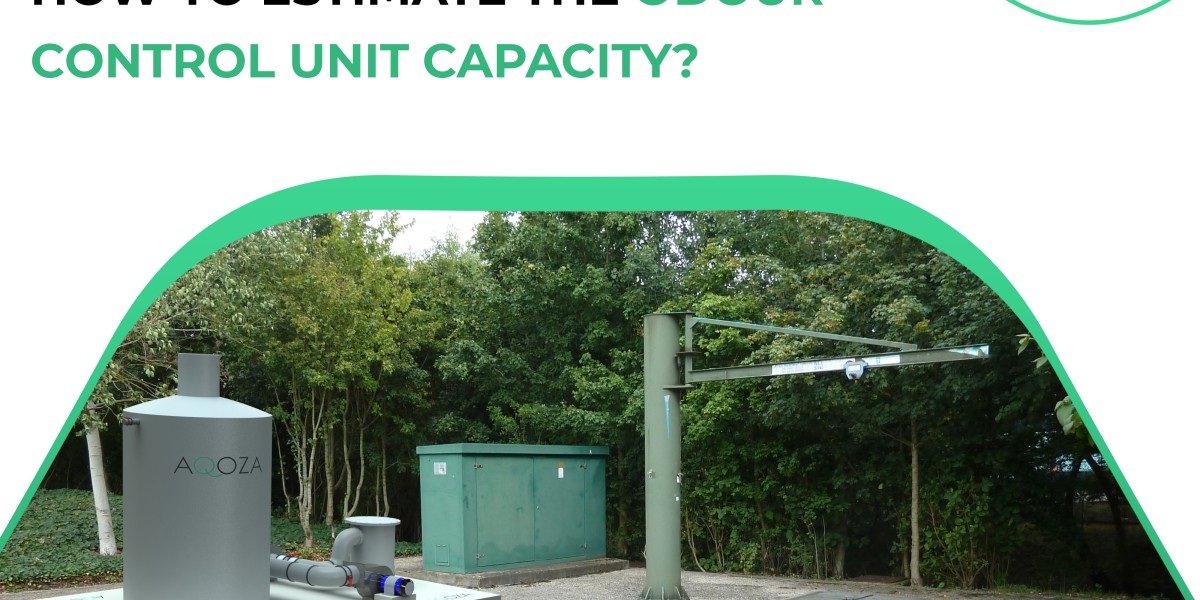When designing effective odour control systems, accurately estimating the air volume within process tanks is crucial. This process varies significantly depending on whether the tank operates at a fixed or fluctuating water level.
Fixed Water Level Tanks
For fixed water level tanks, the concept of freeboard air volume comes into play. Freeboard is the space above the water level, and this volume must be accounted for when calculating the total air volume. This ensures that the odour control system can manage the gaseous emissions effectively, as the air space above the liquid directly impacts odour concentration.
Fluctuating Water Level Tanks
In contrast, if the tank experiences fluctuations in water level, it’s advisable to consider the air volume at the lowest water level. This approach guarantees that the system is adequately designed to handle potential peaks in odour release, providing a buffer against variations in water levels.
The distinction between these two scenarios is critical for ensuring that odour control systems are not only effective but also efficient in their operation.
The Importance of Air Exchange Factors
Air exchange factors play a pivotal role in the design and functionality of odour control systems. These factors influence the size, capacity, and overall efficiency of the system. In many regions, municipalities have established guidelines regarding the air exchange rates that should be considered when estimating the capacity of odour control systems.
Typically, for inlet works, the air exchange factor is often set between 12 and 15 times the volume of air in the system. This means that for every unit of air volume in the tank, 12 to 15 units of air should be exchanged per hour to effectively mitigate odours.
For sludge treatment facilities, the air exchange factor generally ranges from 6 to 12. This variation depends on several factors, including the design of the ventilated room, the characteristics of the aerated tanks, and the specific odour challenges faced by the facility.
Calculating Preliminary Capacity
Based on these air exchange factors, process engineers can derive a preliminary capacity for the odour control system. This initial estimate serves as a foundation for designing a system that meets operational needs while adhering to regulatory standards.
However, it’s essential for engineers to verify these preliminary calculations with established odour control system manufacturers. Collaboration with manufacturers ensures that the system’s design aligns with industry best practices and technological advancements.
Collaboration with Specialists
For those seeking clarity and expertise in odour control system design, consulting with specialists can provide invaluable insights. At AQOZA, we pride ourselves on being at the forefront of next-generation odour control management. Our team of experienced professionals is dedicated to delivering reliable and effective odour control solutions tailored to the unique challenges faced by each facility.
The Role of AQOZA
Our mission at AQOZA is to aspire to become the market leader in end-to-end odour control management. We understand that effective odour management is not merely about compliance but also about enhancing operational efficiency and protecting the environment. Our comprehensive services include:
Assessment and Analysis: We conduct thorough assessments of existing systems and identify areas for improvement, ensuring optimal performance.
Custom Solutions: Each facility has its unique odour challenges. We design tailored solutions that meet specific operational requirements and regulatory standards.
Implementation: Our team provides support during the installation of odour control systems, ensuring they are set up for maximum efficiency.
Ongoing Support and Maintenance: We offer continued support to monitor system performance and make necessary adjustments, ensuring long-term effectiveness.
Conclusion
The accurate estimation of air volume in process tanks is fundamental for the effective design of odour control systems. By considering both fixed and fluctuating water levels and utilizing appropriate air exchange factors, engineers can develop systems that efficiently mitigate odour emissions.
In today’s regulatory environment, collaborating with experienced professionals, such as those at AQOZA, is essential for ensuring that odour control systems meet both operational needs and compliance requirements. By leveraging our expertise, facilities can enhance their odour management strategies and contribute to a cleaner, more sustainable environment.
For anyone in need of reliable and experienced odour control services, AQOZA is ready to assist. We are committed to advancing odour control solutions that not only meet but exceed industry standards, helping facilities navigate the complexities of odour management effectively.








